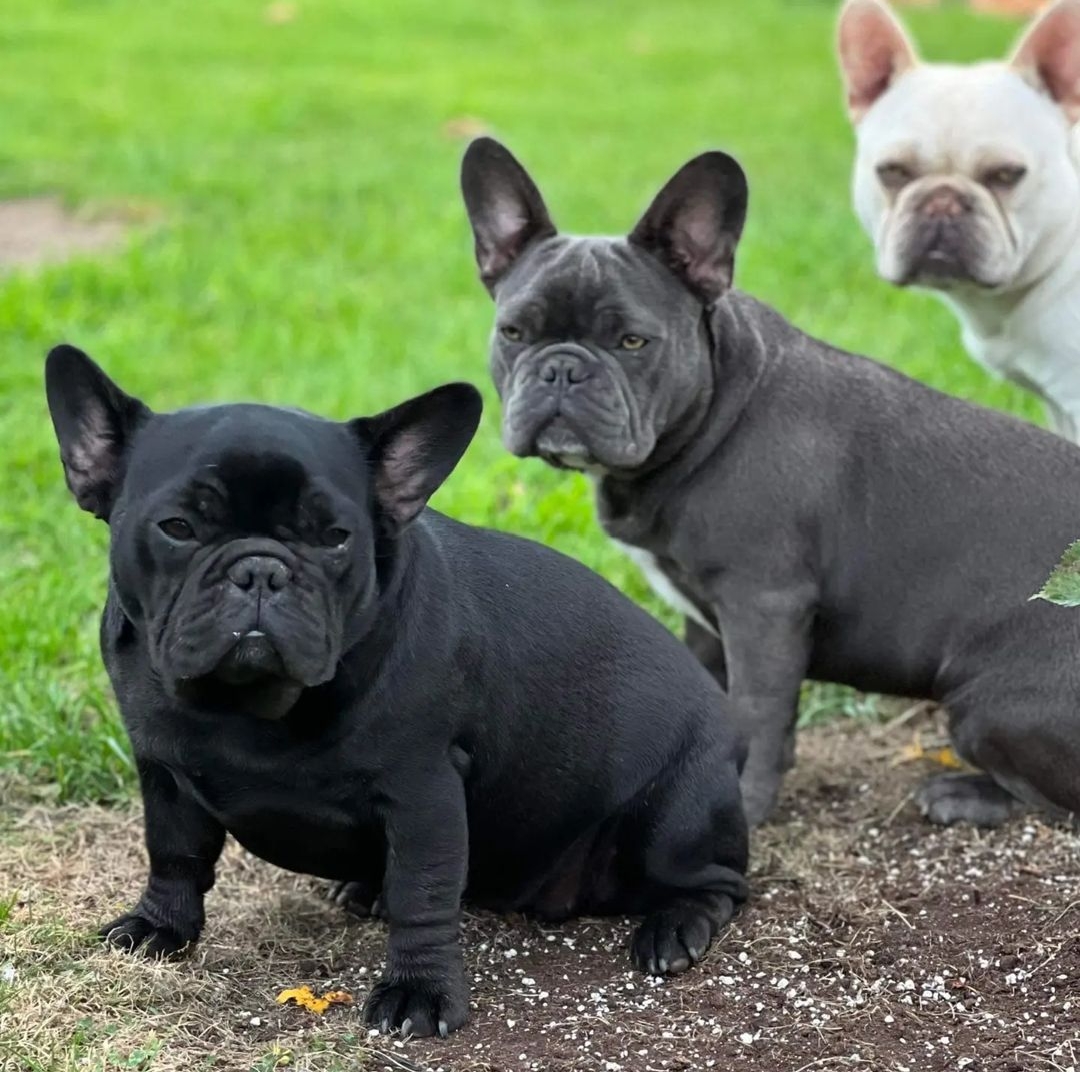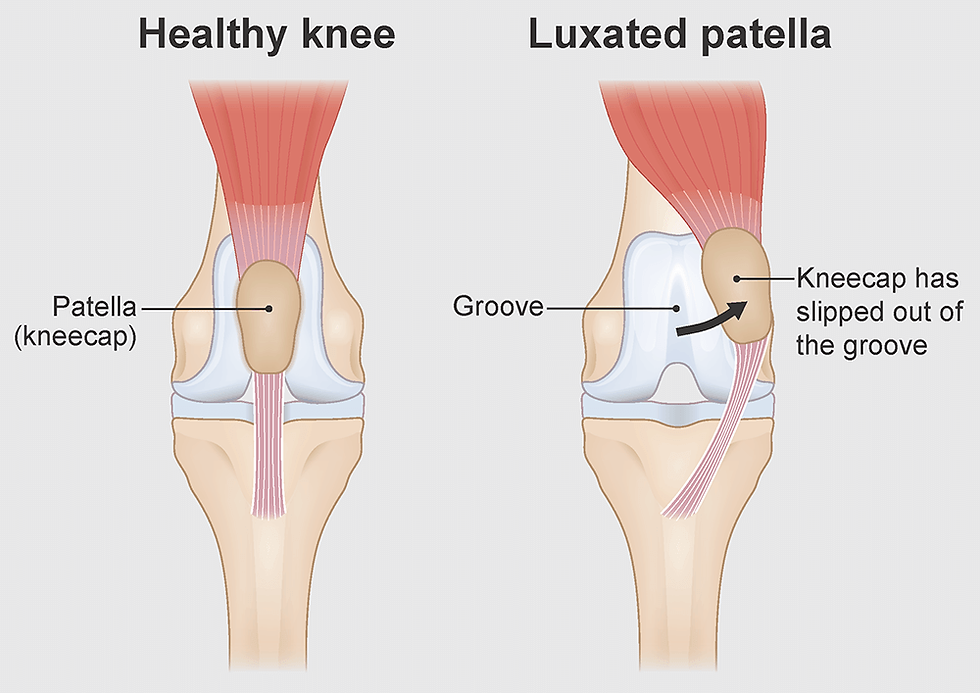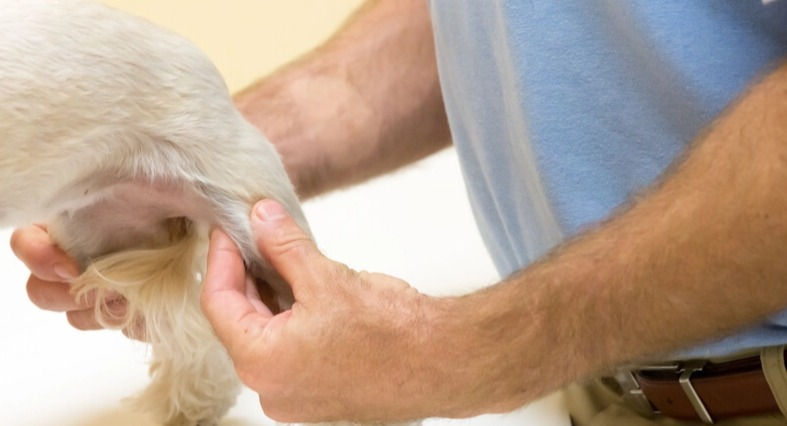Luxating Patella
- FreeRange null

- Jun 7, 2022
- 3 min read
Updated: Aug 8, 2024

What is a patella?
What is a luxating patella?
What are the symptoms of a luxating patella?
How can you treat it?
Have you noticed your dog limping for a few steps or holding one of their back legs raised from the ground?
This might be a sign of kneecap dislocation, also known as a luxating patella.

What is a luxating patella?
A ‘luxating patella’ means that the kneecap (or patella) is slipping out of its normal position in the groove of the thigh bone.
What are the different grades of luxating patellas in dogs?
Not all dogs experience the same severity of symptoms when it comes to luxating patellas. Specialists have come up with 4 categories, grades 1 through 4, to help them classify this condition depending on the severity of the dislocation.
What is causing the luxating patella?
Most frequently, there’ll be a genetic cause for a luxating patella. It’s more common in smaller dog breeds that tend to have a ‘bow-legged’.
What happens is that as the puppy grows up, the bones and muscles of the hind limbs are slightly misaligned, and the powerful quadriceps muscle of the thigh can pull the kneecap out of the groove where it normally sits. The groove often doesn’t develop properly, meaning it is shallow and the kneecap slips out easily.
In other cases, the luxating patella is caused by a traumatic injury, but this tends to happen less often.
All our dogs here at Free Range Pooches NZ get their patella and heart certificate's so we know we are doing the best we can to produce healthy puppies.
Please read our website to see all the testing we do 🙂
What are the symptoms of a luxating patella in dogs?
1: Here are the most common signs to look out for:
2: Intermittent limping.
3: Holding the affected leg up for a few steps when walking.
4: Dogs with patellar luxation in both knees may walk stiffly and awkwardly.
What is the treatment for a luxating patella?
The treatment will depend on how mild or severe your dog’s condition is. For milder cases your vet may recommend physiotherapy and a special set of exercises to help manage the luxation, as well as anti-inflammatory pain relief if required.
Dog's luxating patella treatment
For grade 3 and 4 and some grade 2 luxations, surgery is often the best way forward.
Other useful advice for helping dogs with a luxating patella
Weight management is important
Keeping your dog at an optimum weight is key to alleviating some of the symptoms of patellar luxation. This will ensure that there isn’t too much weight placed on the affected leg.
Avoid strenuous exercise or play
Depending on the grade of luxating patella your pet has been diagnosed with, your dog’s exercise routine might have to be altered to involve less demanding activities. This doesn’t mean you have to drastically reduce exercise or cut off play time, but it may mean that walking will be a better choice than jumping. Your vet will be able to advise you on the best type of exercise for your pet.
Here at Free Range Pooches we highly recommend Pet Insurance
We highly recommend PD Pet Insurance, click the link below to get the best quote
All our puppies at Free Range Pooches go home with PD Insurance.






Comments